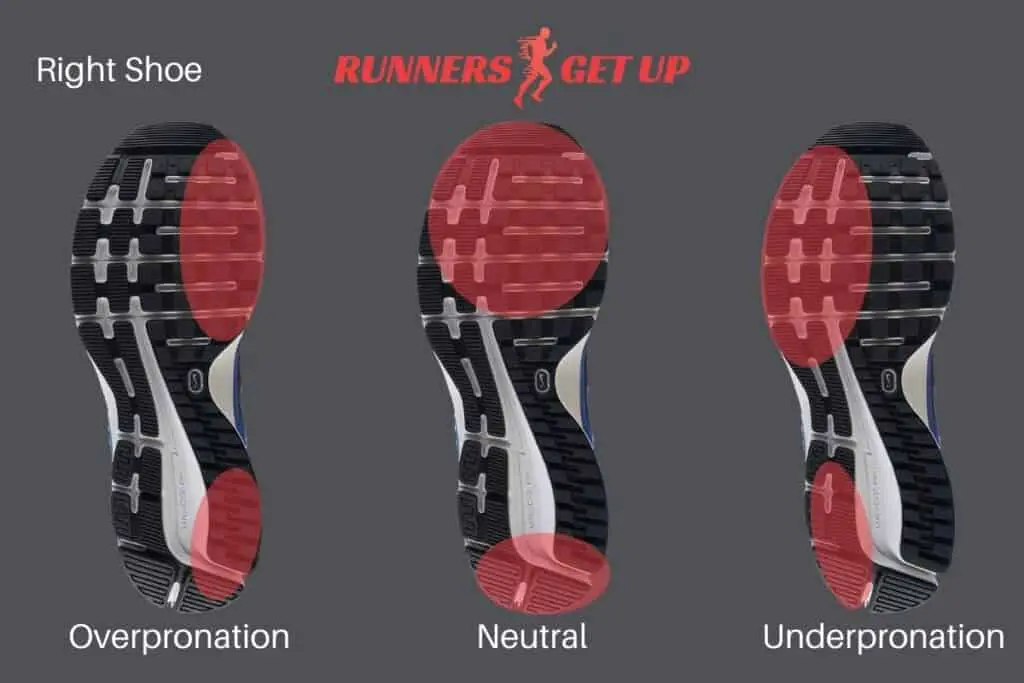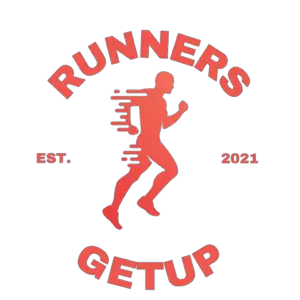This post contains affiliate links.
If you’ve been to a running specialty store with a free gait analysis service, they’ll tell you exactly what type of shoe you need. However, if you don’t have access to them, looking for obvious signs you need a stability running shoe is your best bet.
Ultimately, it is best to get your running gait analyzed by a professional. However, if you don’t have access to that, here are 4 obvious signs:
- You experience joint pain after running
- The medial part of the outsoles of your old running shoe is worn out at the medial side
- You frequently twist an ankle
- You’re flat-footed
To know more about stability running shoes, what they are, who they’re for, how to know if you need one, continue reading the rest of the article.
What Are Stability Running Shoes?
In the world of running, stability shoes offer technologies that help prevent the overpronation of the foot. This may be in the form of a hard material found at the medial side of the midsole, a structural improvement, or a guiding system.
Some examples of such technologies are the GUIDERAILS from Brooks and the Dynamic DuoMax™ Support System from ASICS. Both offer stability but are done in a different way.
Who are Stability Running Shoes For?
When you run, your foot lands with an acceptable degree of pronation of about 15 degrees. Runners who fit within the 15 degrees normal pronation are fine with wearing neutral shoes, while runners who overpronate need a stability running shoe.
By the way, during my research, I found that I am an overpronator. So I bought a pair of Brooks Adrenaline GTS 21 (link to Amazon), and I love them.
The 3 Levels of Pronation
Pronation refers to the way your foot rolls inward upon landing. It is a normal occurrence in the running gait cycle and is important to evenly distribute the impact from the ground contact. The acceptable degrees for pronation are around 15 degrees.
Pronation can be classified into 3 levels:
Neutral – Your foot lands within the normal range of pronation. The weight of your body is evenly distributed to your lower extremities. Your ankle, hips, and knees form a solid straight line to support the weight of your body upon impact. This is the most optimum position for your body to absorb the impact and propel your body forward.
Overpronation – Your foot rolls inward more than 15 degrees creating misalignment in the distribution of the impact to the joints of your lower extremities upon ground contact. This affects the position of the knees and hips as well. This can lead to pain and discomfort in the ankle all the way to your back in some cases.
Underpronation – Your foot doesn’t pronate enough to provide that optimum impact distribution and propulsion. This can lead to heel pain, shin pain, tight Achilles tendon, and plantar fasciitis.
How to Know Your Level of Pronation
The best way to know your level of pronation is to go get assessed by a licensed physiotherapist or an expert from a running specialty store. However, if you don’t have access to this, you can tell by doing one or both of the following ways.
#1: Check the wear patterns on the outsole of your old running shoe
If you have an old pair of running shoes, you can tell your level of pronation simply by looking at the wear patterns in the outsole.
Neutral runners have an evenly distributed wear pattern, overpronators have wear patterns at the medial side of the shoe while underpronators have wear patterns on the lateral side of the shoe.

#2: Take a slow-motion video of the back side of your heel while running
This will be better if you have access to a treadmill. But essentially, what you’re gonna do is take a slow-motion video of the backside of your foot while running.
If you don’t have a treadmill, find access in a gym or at someone else’s house. Place the camera on a tripod behind the treadmill at the level of your heel. Set it in slow motion and start running. Keep running for about 5 mins and at different speeds so you’ll be able to clearly see what happens to your foot when running.
This should be done wearing a neutral shoe or barefooted.
Check the slow-motion video after the test is done. You’re looking for excessive pronation or lack of it while running. Please watch the video below.
Why Do You Need Stability Running Shoes?
Since your level of pronation greatly influences the position of the other joints of your lower extremities as well as your running efficiency, wearing a stability shoe to correct overpronation is critical to your running performance and overall health.
Neglecting the need for stability shoes when you actually need them can lead to overuse injuries and discomfort.
4 Signs That You Might Need Stability Running Shoes
While these signs do not tell you that you absolutely need stability running shoes, these will tell you that you should probably get your running gait analyzed by an expert.
Here are 4 signs that you might need a stability running shoe.
Sign #1: You Experience Joint Pains After Running
Since overpronation causes misalignment in the other joints of your body, it is common for you to feel pain in your ankles, knees, hips, and back on a relatively easy run.
Sign #2: The Threads of Your Shoes is More Worn Out on The Medial Side
The outsole of your foot will wear off at some point. But when the outsoles of your running shoe are more worn out on the medial or inner side, that’s a sign that you are overpronating.
Sign #3: You Twist an Ankle Frequently
Because there’s something wrong with your body mechanics, you’re most likely to be unstable than neutral runners. This means that you twist an ankle more frequently, even on even surfaces.
Don’t get me wrong, just because you twist an ankle doesn’t mean you immediately need a stability running shoe. But when it happens quite a lot, you should get your running gait checked.
Sign #4: You’re Flat Footed
Not all flat-footed are overpronators, but a lot of them are. If your foot is flat, it is worth doing the two tests I outlined above to see how you pronate.
Conclusion
It is always best to have your running gait analyzed by a trained professional to know whether or not you should use stability running shoes. However, if you don’t have access to that, the 4 signs outlined above will tell you that you might need them.
If you found that you need one, do not disregard the need for a stability running shoe. Doing so can harm your performance and overall health.

